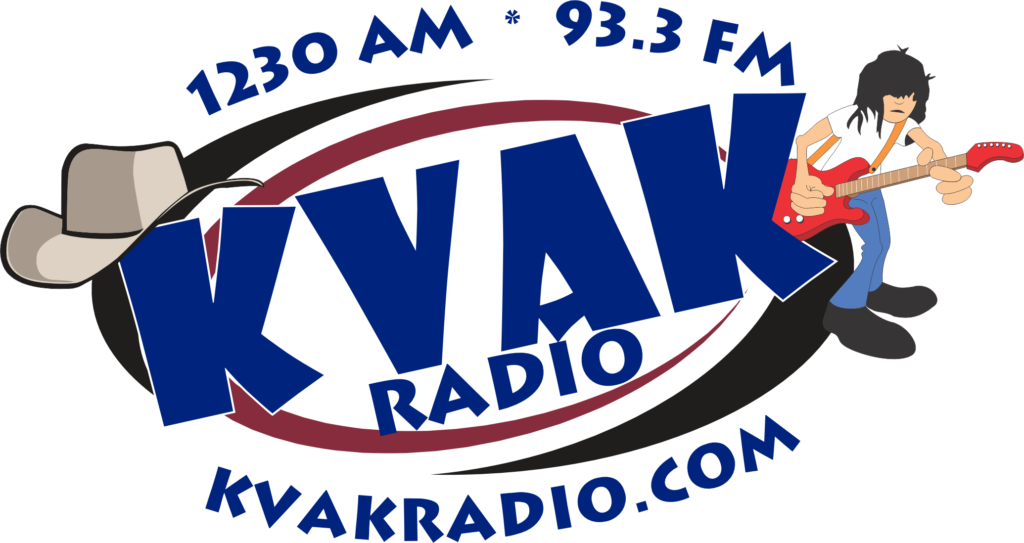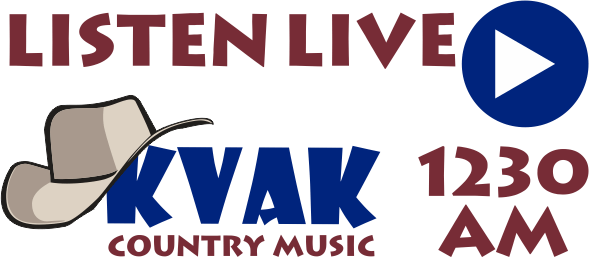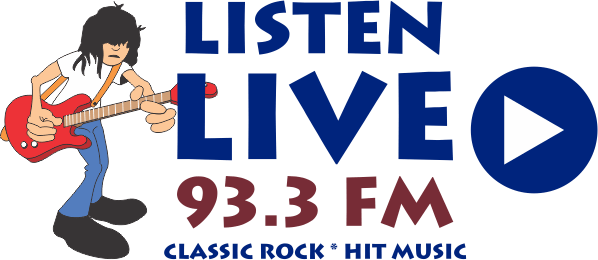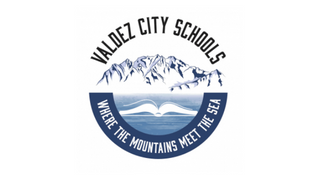
VCS Quarterly Update to the Public
Hello Valdez Parents and Community,
I will be putting out quarterly updates on what is going on from a ‘Big Picture’ perspective in addition to all of the updates you will be receiving from individual buildings and teachers. It is imperative to work together and in order to do that, you must know what we are working towards, the progress, and the challenges we face to improve education for our students.
As always, if there are any questions or clarifications needed, please feel free to contact me. Email is probably the best method to do so or schedule an appointment with Natasha Falke, our new Superintendent and Board Administrative Assistant.
Early Education
What we heard:
Valdez City Schools not only has low scores in ‘kindergarten ready’ assessments but also a need for childcare.
What we have done:
As many of you are aware, we have expanded our pre-k program to four half-day classes. Currently, we have 38 students enrolled in the program, which is led by our very qualified Lead teacher, Molly Dibb, and her support staff. Jason Weber, as Principal is overseeing the program.
How it is going:
The program is going very well and very well attended. I see no issues or concerns and as we move forward, the goal is to have all pre-k students who qualify (4-5 year olds) in Valdez enrolled in the program.
Why are we doing this?
All of the research shows that early childhood education is key to long-term success. This was a top priority for me to expand the pre-k programs and provide instructional opportunities for our students. This will have a very positive impact on our kindergarten classes in regard to
readiness. I want to be very clear that this is not a daycare, but rather a preschool where play-based learning and learning materials for phonemic awareness (basically pre-reading) can be practiced.
Challenges:
For our Pre-K program, the greatest challenge I see right now is making sure every eligible future student gets in the classroom. Another challenge, which is more of just practice, really, is the constant evaluation of our program and always looking at best practices and methods to improve. As we screen students throughout the year informally, we can adjust. But the most valuable information is going to come from our ‘Kinder-ready’ screener which will identify strengths as well as areas in need of focus.
Reading
What we heard:
Students are generally below proficiency and behind in K-3
What we have done:
To segue from phonemic awareness in pre-k to actual learning to read, we have done quite a bit at the elementary level. Some of this is on our own accord and some has been thrust upon us through legislative action. With the READS Act requirements, we have had to “up our game” in regard to pacing and make some profound changes. Please understand, that this is all great stuff, but the pace has certainly changed. We have implemented an additional reading specialist to really target students in need at an early age and work collaboratively with classroom teachers to assist every student in need of help.
In addition, we have really worked hard to streamline our curriculum so students are not being taught from different methodologies. This is not just applicable to reading, but streamlining our curriculum overall.
How is it going?
In a nutshell, GREAT! Katie Burns and Bev Colapietro are doing a phenomenal job as reading specialists and the entire elementary staff is working incredibly hard to meet all of the requirements. Through all of their hard work, we are identifying areas of need with individual students and addressing them to help secure long-term success. I am looking forward to seeing the data throughout the year as we work to address the needs of our students.
Why are we doing this?
Basically, reading is key to everything. Any educator will tell you that there is a window that is open to learning how to read that is quite narrow. Early education and K-3rd grade are critical years. In education, you hear “3rd grade” a lot. The emphasis is not on the 3rd-grade teacher (teachers already have enough pressure, we don’t need to target 3rd-grade teachers for this), but the year and “..by third grade…”
Our educational system and state standards are set up to learn to read by third grade and then use reading to learn from fourth grade throughout the educational experience. Without the
foundational skills of reading established, the research shows that a student will continue to have a widening gap in learning throughout their lives across all subjects. It is absolutely critical that we put a very strong emphasis on reading in early education.
The only way we can assess where we are as a district is through standardized testing. Unfortunately, they are somewhat of a necessary burden in our education system. Currently, our scores are quite low, but I have every bit of confidence that we are going to see an upward trend with all of the work going into the preparation (pre-k) and the interventions and unified methodologies of instruction based on best practices.
Challenges:
We are asking a lot of our staff on a daily basis. Particularly our elementary staff this year. A major challenge is finding ways to support our staff. The LETRS (reading instruction program based on the science of reading) training required is time-consuming and we are evaluating ways to support the success of this being completed by our staff. This is not something that can not wait and we are moving very quickly to modify how we are approaching this without dismissing the value of the training.
Staffing is another challenge. We are looking for another reading specialist to work with our students and staff. This would not only be a huge benefit to our students but also be a benefit to the staff who are stretched quite thin based on the number of students needing support.
Schedules
What we have done:
With all of the last-minute changes and disruption to this year’s schedule at the beginning of the year, we are approaching schedules and courses much differently to avoid anything like this ever happening again. There is a scheduling committee being established and the first meeting is already scheduled. We are still soliciting parent involvement on the committee. The commitment is to have schedules set by April 1st for the 2024-25 school year. Part of this process is course needs and staffing needs.
How is it going?
I believe it is fair to say that no one is really happy with the current schedule in 6-12th grades, for good reason. However, every obstacle can be a stumbling block or a stepping stone. I am looking forward to the collaborative work to be done by the committee to provide the best and most diverse opportunities for our students. This will definitely be a focus throughout the year.
Why are we doing this?
The initial answer is to do what is best for our students. Additionally, it is to provide the security in April of what is being offered in the Fall.
Challenges:
STAFFING, STAFFING, STAFFING. We would like to offer everything to our students that we can. However, we are facing the greatest teacher and administrative shortages in education we have ever faced nationwide. The competitive nature of education that has developed is exponentially more competitive for Alaska.
The statewide job fairs in Alaska that once filled ballrooms in Anchorage are now almost non-existent. The ATP job fair (Alaska Teacher Placement) job fair I attended had roughly 40 school districts represented and three applicants who showed up in person. The struggle is real. I am working with the Board to explore ways to improve recruitment and retention. One key is knowing what positions are desired and needed. The days of “just hire a teacher” are far behind us.
Communication
What we have done:
We have developed a draft of a communication plan that will be used throughout the district to streamline how, how often, what, and what methods of communication will be used for our district. This will be a topic for the board at the next work session. In addition, we have worked as an administrative team to get as much information out as possible on student activities and celebrations.
How is it going?
I am very pleased with the development of a plan. Communication is one of those things that either you can never do enough of or there is just too much that key information gets lost. There is a fine line between “I’d like to know” and “Stop bothering me with this.” The plan is being developed to direct all stakeholders where to go for accurate information and how any alerts or necessary immediate information will be conveyed.
Why are we doing this?
There is so much going on that is actually planned with our schools that it can be a challenge to keep up with. Then, of course, you have the unplanned events and occurrences that cause a bit of a gray area on what is necessary information to put out to parents and what is not. This plan should help define those gray areas.
Challenges:
As mentioned, there is never enough or way too much. In the same hour, I have had parents contact me demanding a lot more information on a topic and others demanding I stop contacting them with so much information on the same topic.
Another challenge is simply the number of avenues to convey information. Streamlining where to get information is and always has been a challenge. I am not going to pretend that this plan is the end-all/be-all of communication solutions, but it definitely is necessary and I look forward to having the practices and protocols written down to have uniformity across the district.
Rigor
What we have heard:
“My child isn’t being challenged enough in school”
What we have done:
From top to bottom we are evaluating our entire curriculum. We have hired a Director of Teaching and Learning to oversee Pre-K through 12 curriculum, Paula Newell. Updating the
curriculum materials review cycle and managing what is being taught and where is being implemented. Vertical alignment and documenting that alignment will identify where standards are being taught and what standards may not be present, if any. This is the first year of a multi-year plan to have a comprehensive K-12 alignment that can be shared and constantly monitored.
How is it going?
Well and intentionally slow. Again, we are asking a lot from our teachers and the pace on this can be adjusted as needed. I would much prefer to have this done well, as opposed to being done fast.
Why are we doing this?
As technology improves we have the opportunity to grow as well. Historically, a teacher would submit lesson plans that were written down and identify what standards are being taught, and how to the principal. This is a very time-consuming and inconsistent process and a burden to our teachers. With the ability to input the lesson into a program with a scope and sequence laid out, the teacher and administrator can see daily progress as well as year-long scope and sequence to ensure all standards are being met and/or exceeded. The long-term goal of having all teachers input daily lesson plans is to be able to lighten the load and have transparency in our instruction.
Challenges:
It is time. The time it takes to input every lesson plan properly is considerable and burdensome. Another challenge is that while we are focused on improving achievement district-wide to get overall improvements, we do have many students who need to be challenged even further.
With the identification of the achievement of every student we will build programs for exceptional students. The challenge in this is the program development which the curriculum and scheduling committees should flush out.
Partnerships
What we have heard:
Valdez is such an active and supportive community. Why aren’t we reaching out to form more partnerships?
What we have done:
Through meetings, we have begun identifying resources to reach out to and make connections. In addition, our High School career and college counselor, Morgan Melton, is arranging visits, job shadowing, and facilitating introductions on a personal level for individual students who are interested in targeting specific career fields in the area. We are also fostering the many partnerships we already have with community members and stakeholders.
How is it going?
There is always room for growth in this department, but it is going very well. We will continue to invite anyone and everyone interested to assist in any way if it is a benefit to our students.
Why are we doing this?
Great students create great communities and great communities create great students. The investment is well worth the payout.
Challenges:
Time and communication. There are only so many hours in the day and only so many days in the school year. The communication and identification that is needed for our students as far as community support is something that takes time. The personnel to facilitate and foster those partnerships has been inconsistent. Working with administration and staff to designate responsibilities should aid considerably as we grow to build community partnerships.
Thank you all for the privilege and I look forward to constantly looking at how we can improve education for our students. I look forward to working with you to do so.
Thank you, Tim Bauer




